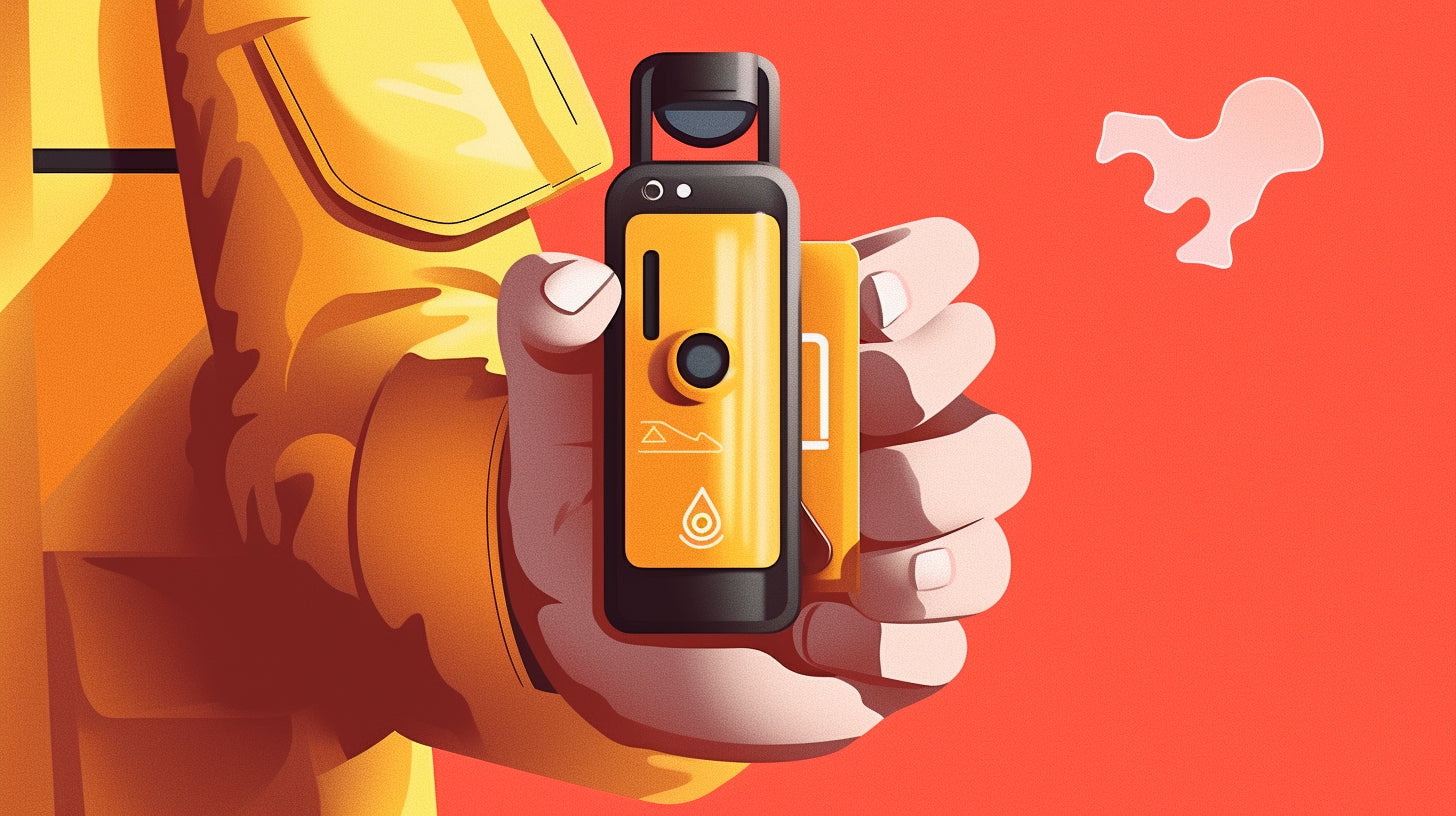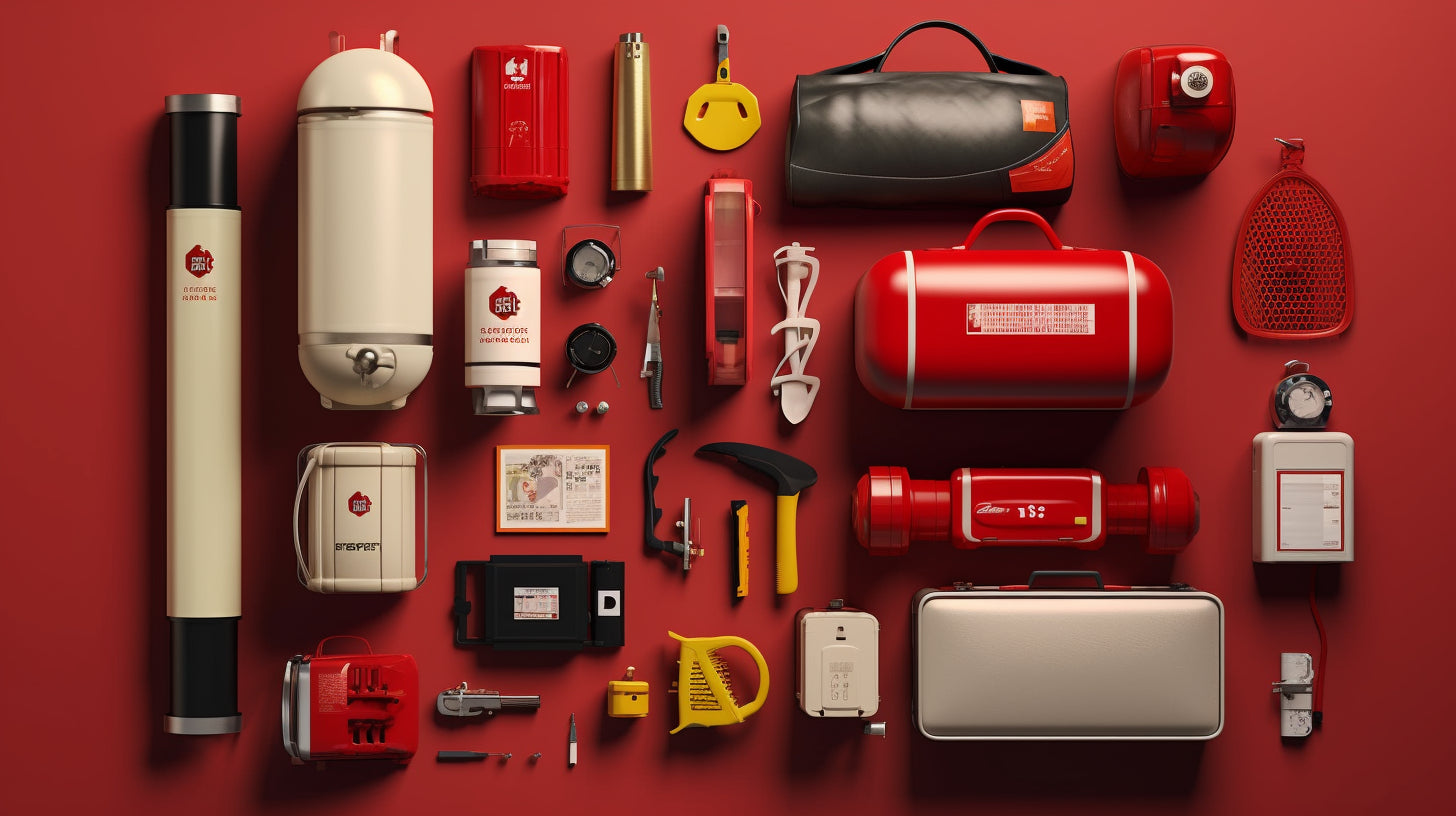As a pet owner, ensuring the safety and security of our furry friends is always a top priority. Fortunately, personal security devices such as pet safety alarms can safeguard pets from potential threats or even help relocate lost animals. In this comprehensive guide, we'll explain the importance of pet safety alarms, how they work, and their various types. We'll also highlight the benefits of using these devices as well as provide tips on selecting the best one for you and your pet's needs. Lastly, we'll answer the most frequently asked questions regarding pet safety alarms.
Table of Contents
- The Importance of Pet Safety Alarms
- How Pet Safety Alarms Work
- Types of Pet Safety Alarms
- Benefits of Using Pet Safety Alarms
- Selecting the Best Pet Safety Alarm
- Frequently Asked Questions
The Importance of Pet Safety Alarms
Our pets are valuable members of the family, and their safety is just as important as our own. Dogs, cats, and other vulnerable creatures face numerous potential hazards, such as getting lost, being stolen, or encountering aggressive animals. Pet safety alarms can help protect your pet by:
- Alerting you to potential threats: These alarms can notify you when your pet is in danger, allowing you to take appropriate action to keep them safe.
- Locating your pet: If your pet has wandered away or been stolen, the alarm can help you find them.
- Deterring potential threats: Alarms may discourage would-be attackers or aggressive animals with loud noises or other deterrents.
How Pet Safety Alarms Work
Pet safety alarms function by emitting a loud noise or signal that alerts you or others nearby of potential danger. They often operate in one or more of the following ways:
- Remote triggering: Some pet safety alarms come with a remote control, enabling you to activate the alarm if you sense danger close to your pet. For example, if you spot an aggressive dog nearby, you can set off the alarm to scare it away and protect your pet.
- Proximity sensors: Certain alarms use sensors to detect if your pet has strayed too far from a preset distance, alerting you of their location. This feature can be helpful in preventing your pet from getting lost or stolen.
- Shake or movement activation: Some alarms are designed to activate when your pet shakes or moves in a particular manner, indicating they are in distress or danger.
Types of Pet Safety Alarms
There is a wide variety of pet safety alarms available on the market. Popular options include:
- Personal safety alarms for pets: These devices look similar to conventional personal safety alarms and can attach easily to your pet's collar. They emit a loud, high-pitched noise whenactivated, either remotely or by the pet's movement, to deter potential threats and alert you of danger.
- GPS pet trackers: Featuring a GPS module, these devices can locate and track your pet in real-time. Many GPS trackers also come with geo-fencing capabilities, enabling you to establish a safe zone for your pet. If your furry friend wanders outside this designated area, the tracker sends an alert to your smartphone or other connected devices.
- Smart collars with built-in alarms: Combining the functionality of a pet collar with safety alarms, these innovative devices have integrated sensors for monitoring your pet's movement and location. Some smart collars even include health tracking features that monitor your pet's vitals, activity levels, and more to ensure their wellbeing.
- Ultrasonic alarms and repellents: Using high-frequency sounds that humans cannot hear but dogs and cats can, ultrasonic devices deter aggressive animals and keep your pet safe. These alarms typically come with adjustable frequencies, allowing you to fine-tune the device to suit your pet's specific needs.
Benefits of Using Pet Safety Alarms
Investing in a pet safety alarm offers several advantages:
- Increased security: Alarms can protect your pet from potential threats and help prevent them from getting lost or stolen.
- Peace of mind: With a pet safety alarm, you can rest assured knowing your pet is safeguarded against various hazards.
- Convenience: Many pet safety alarms are compact and lightweight, easily attaching to your pet's collar. Additionally, they're simple to use and often connect to your smartphone or other smart devices for real-time monitoring and alerts.
- Potential health benefits: Devices that combine safety features with health monitoring can help you keep an eye on your pet's overall wellbeing, allowing you to address any concerns or issues early on.
Selecting the Best Pet Safety Alarm
To ensure the best protection for your furry friend, consider the following factors when selecting a pet safety alarm:
- Functionality: Choose an alarm that offers the most suitable features for your pet's needs, such as a loud noise deterrent or GPS tracking.
- Size and weight: The alarm should be compact and lightweight enough to comfortably attach to your pet's collar without causing discomfort or hinder their movements.
- Range: Consider the alarm's operational range, ensuring it's adequate for your living area and pet's usual roaming habits.
- Compatibility: If the alarm connects to a smartphone or other smart devices, verify that it's compatible with your preferred device(s) and operating system.
- Battery life: Investigate the alarm's battery life and charging options, as regular recharging or battery replacement may be necessary for optimal performance.
- Cost: Finally, weigh the features, functionality, and overall value of the device against its price to ensure it's an affordable yet effective solution for your pet's safety needs.
Frequently Asked Questions
-
Are pet safety alarms safe for my pet's hearing?
Yes, most pet safety alarms are designed with pet safety in mind and won't cause damage to your pet's hearing. However, ensure the product you're considering meets appropriate safety standards and guidelines. -
Will a pet safety alarm bother my neighbors or other pets?
While it is possible that some alarms might be audible to neighbors or other animals, many devices offer adjustable frequencies or volume levels, enabling you to reduce disturbance while still effectively protecting your pet. -
Can I use a pet safety alarm for other pets, such as birds or reptiles?
Pet safety alarms are primarily designed for cats and dogs. However, some devices might be suitable for other pets, depending on their specific needs and requirements. Always consult the product guidelines and specifications, and consider contacting the manufacturer to confirm suitability. -
Are pet safety alarms waterproof?
Not all pet safety alarms are waterproof. If this feature is essential for your pet's needs, make sure to check the product's specifications and choose one that's water-resistant or waterproof. -
How do I know if my pet needs a safety alarm?
If you're concerned about your pet's well-being, prone to getting lost, or living in an area with potential threats (e.g., aggressive animals, high crime rates, or busy streets), investing in a pet safety alarm can provide valuable protection and peace of mind.
In conclusion, pet safety alarms can play a crucial role in protecting our furry friends against various threats. By understanding the different types of alarms available, their functionality, and benefits, you can make an informed decision and secure the best possible safety solution for your beloved pet.




















Leave a comment
This site is protected by hCaptcha and the hCaptcha Privacy Policy and Terms of Service apply.